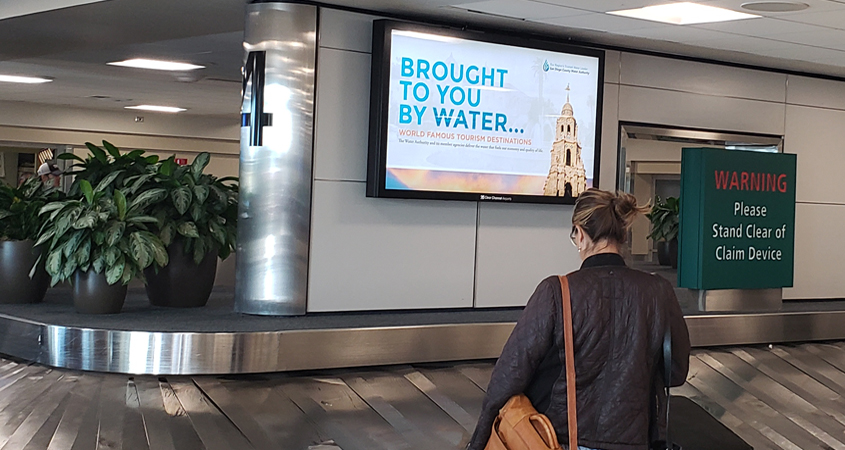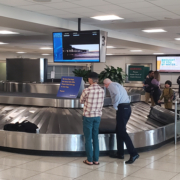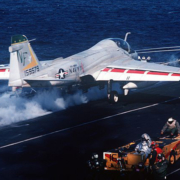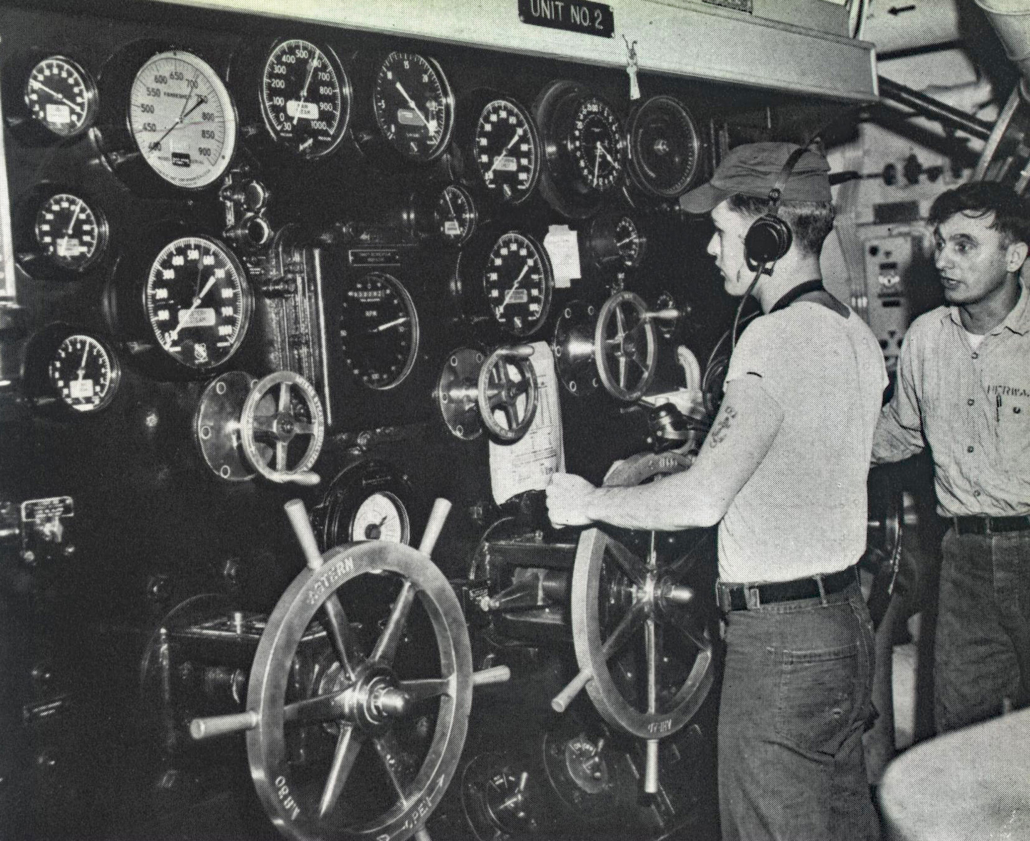Airport Ads Remind Travelers San Diego Is Brought To You By Water
The San Diego County Water Authority’s Brought to You by Water outreach and education program made its debut on advertising monitors at Lindbergh Field the day before Thanksgiving – just in time for the busy holiday travel season.
Through the San Diego County Regional Airport Authority’s community promotion program, the ads are expected to remain in the rotation indefinitely, reminding travelers about the importance of water reliability to the region’s quality of life. The electronic display ads are visible in multiple spots throughout baggage claim areas in both Terminal 1 and Terminal 2.
Ads underscore important message about importance of water reliability

Water reliability is vital to the region’s core industries including craft brewing. Photo: Water Authority
The partnership between the Airport Authority and the Water Authority helps educate the region’s residents and visitors on the impact of something many take for granted – a safe and reliable water supply that sustains the region’s $220 billion economy and the quality of life of 3.3 million people.
The Water Authority is focusing on four core industries during the first phase of its Brought to You by Water program – manufacturing, tourism, agriculture and craft brewing. The initial airport ads highlight the craft beer industry, which has a $1.1 billion regional economic impact annually, and the tourism industry, which attracts 35 million visitors a year to the region.
Overall, access to reliable water supplies support $482 million per day in regional sales – the equivalent of nearly three Comic-Cons per day, according to a June report by the San Diego Regional Economic Development Corporation.
In addition to the airport ads, the Brought to You by Water program has included the creation of the Water News Network, the inaugural Water Innovation and Efficiency Award, a partnership with the hotel-motel industry to promote water-use efficiency by guests, participation in numerous community outreach events, and many other efforts designed to enhance appreciation for the region’s most precious natural resource.
For more information about Brought to You by Water, go to B2UbyH2O.org.







